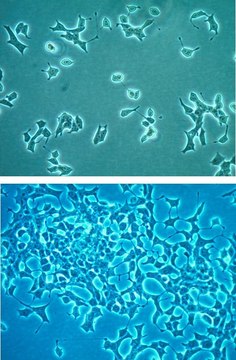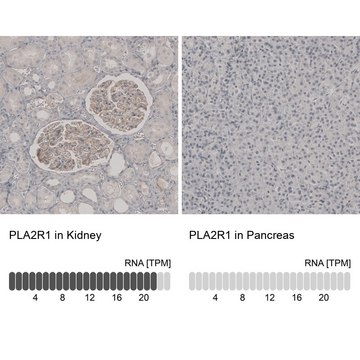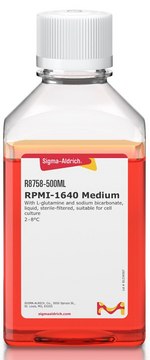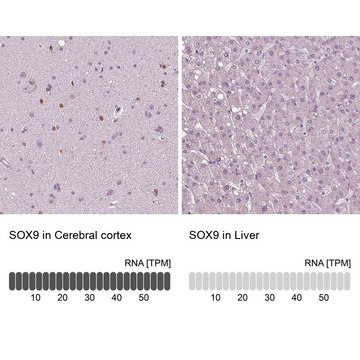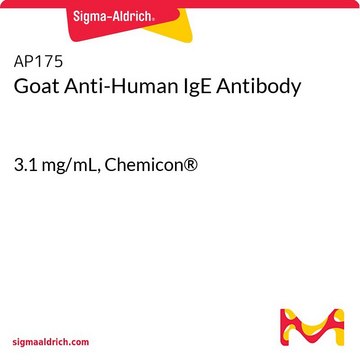10012801
1.1B4 human
human pancreas (islets), Epithelial
About This Item
Recommended Products
Product Name
1.1B4 human,
biological source
human pancreas (islets)
Quality Level
form
liquid
growth mode
Adherent
karyotype
Modal chromosome number 67-71
morphology
Epithelial
products
1.1B4 cells have been shown to express insulin, glucokinase and IAPP by immunocytochemistry. These cells express the GLUT1 glucose transporter.
receptors
Not specified
technique(s)
cell culture | mammalian: suitable
shipped in
dry ice
storage temp.
−196°C
Cell Line Origin
Cell Line Description
According to the literature (Vasu et al 2013) (Green et al 2015) 1.1B4 secretes a low level of insulin as detected by radioimmunoassay. 1.1B4 has been shown to be tumourigenic when transplanted into a SCID mouse host. The cell line has applications in the study of pancreatic cell biology.
The STR profile of 1.1B4 is indistinguishable from the parental PANC-1 Cell Line indicating that the DNA from the pancreatic beta cell fusion partner is below the limit of detection of the STR profiling assay. The Y chromosome could not be detected in this cell line by short tandem repeat (STR)-PCR analysis when tested at ECACC. It is a known phenomenon that due to the increased genetic instability of cancer cell lines the Y chromosome can be rearranged or lost resulting in lack of detection. The cell line is identical to the source provided by the depositor based on the STR-PCR analysis.
Culture Medium
Subculture Routine
Other Notes
Storage Class Code
12 - Non Combustible Liquids
WGK
WGK 3
Flash Point(F)
Not applicable
Flash Point(C)
Not applicable
Regulatory Information
Choose from one of the most recent versions:
Certificates of Analysis (COA)
It looks like we've run into a problem, but you can still download Certificates of Analysis from our Documents section.
If you need assistance, please contact Customer Support.
Already Own This Product?
Find documentation for the products that you have recently purchased in the Document Library.
Our team of scientists has experience in all areas of research including Life Science, Material Science, Chemical Synthesis, Chromatography, Analytical and many others.
Contact Technical Service